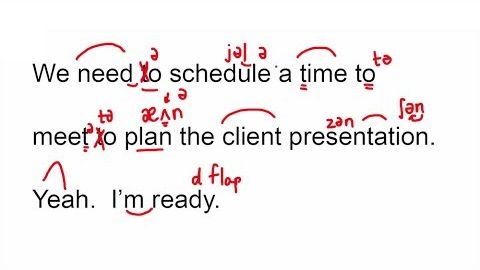レイチェルの英語
科克库都克 が 2017 年 10 月 16 日 に投稿  この条件に一致する単語はありません
この条件に一致する単語はありませんUS /prəˌnʌnsiˈeʃən/
・
UK /prəˌnʌnsiˈeɪʃn/
- n. (c./u.)発音;正確な発音;発音の仕方;発音ガイド
- adj.噛みにくい;骨の折れる : つらい : きつい;厳しい;(物が)丈夫な : 頑丈な;強い;話しづらい;暴力的な
- n.タフな人
- v.t.鍛える
- v.t./i.耐え抜く
US /ˈkɑnˌtɛnt/
・
UK /'kɒntent/
- adj.満足している;満足した
- n. (c./u.)内容;主題;コンテンツ;満足;コンテンツ;含有量
- v.t.満足させる
- v.i.同意する
US /ˌkɑmprɪˈhɛnʃən/
・
UK /ˌkɒmprɪˈhenʃn/
エネルギーを使用
すべての単語を解除
発音・解説・フィルター機能を解除
